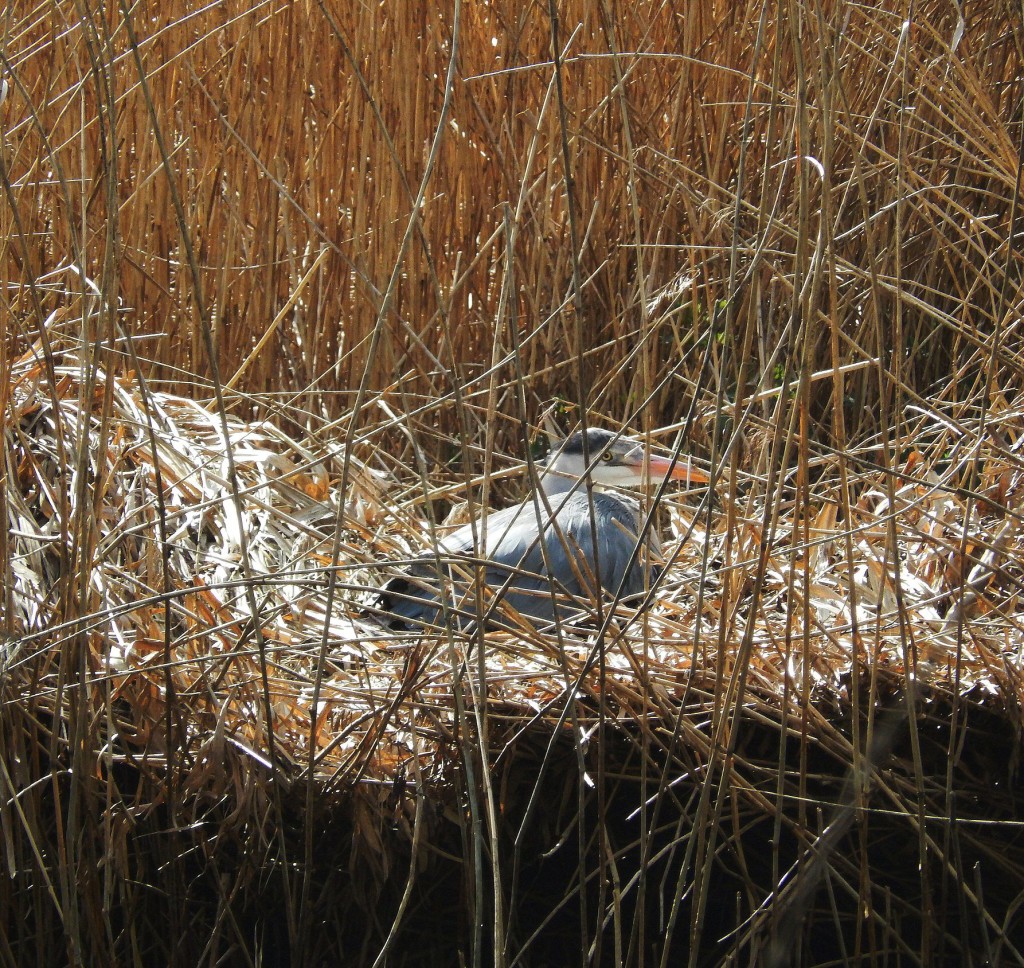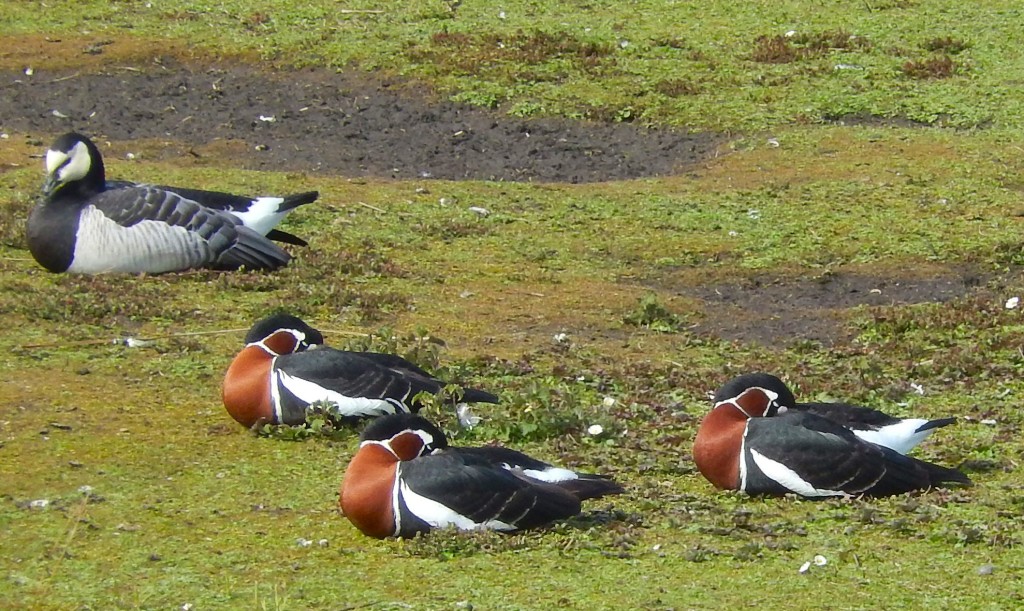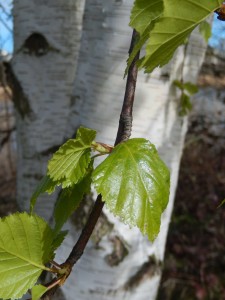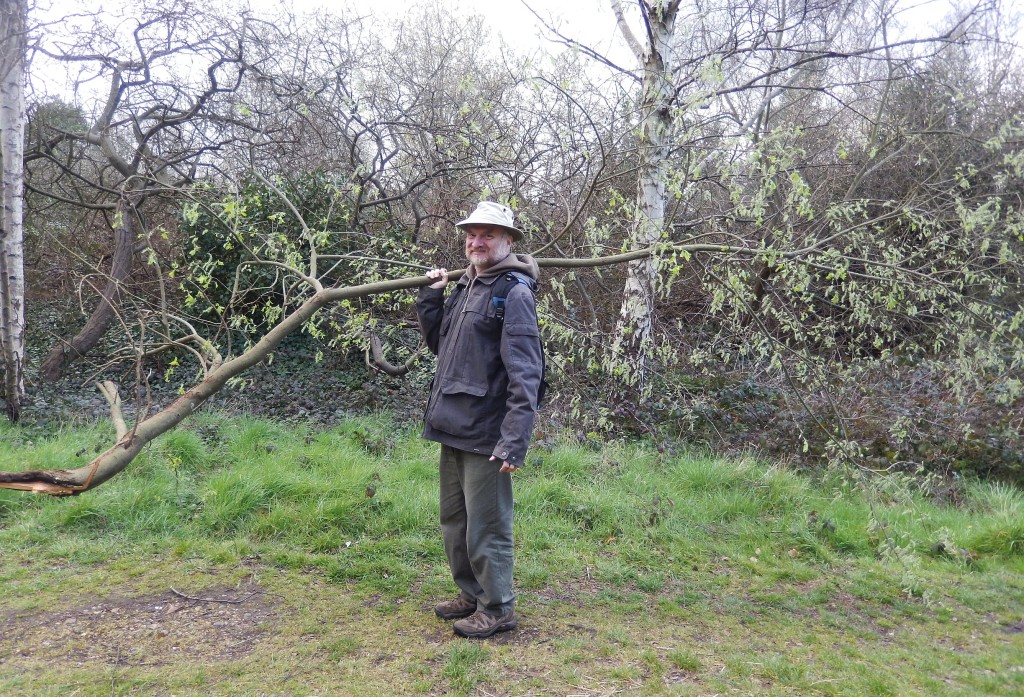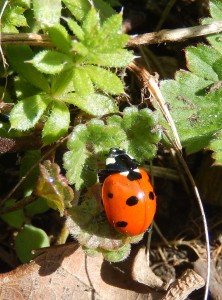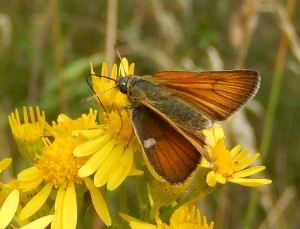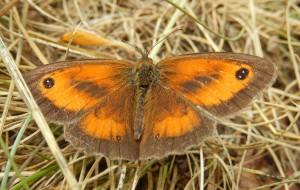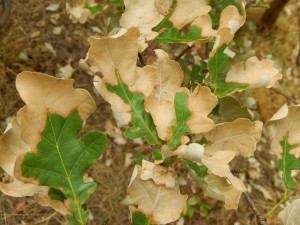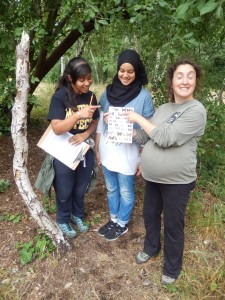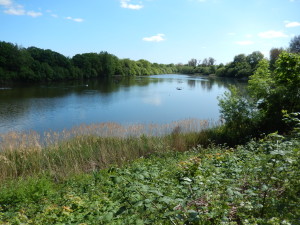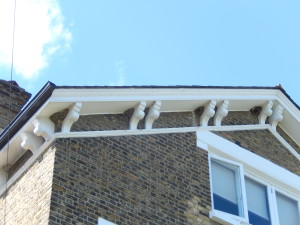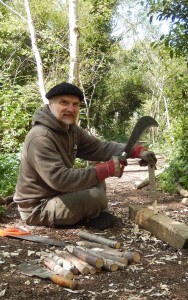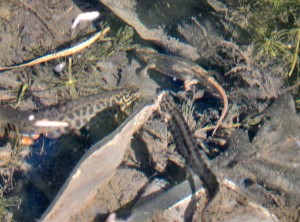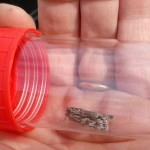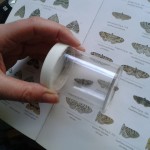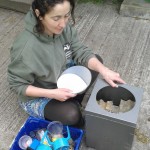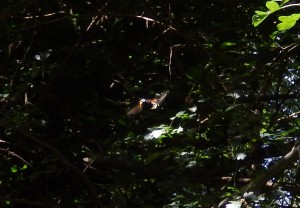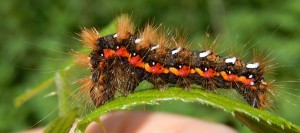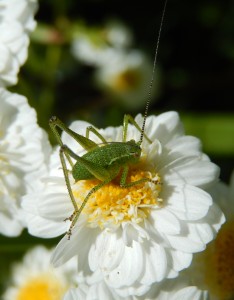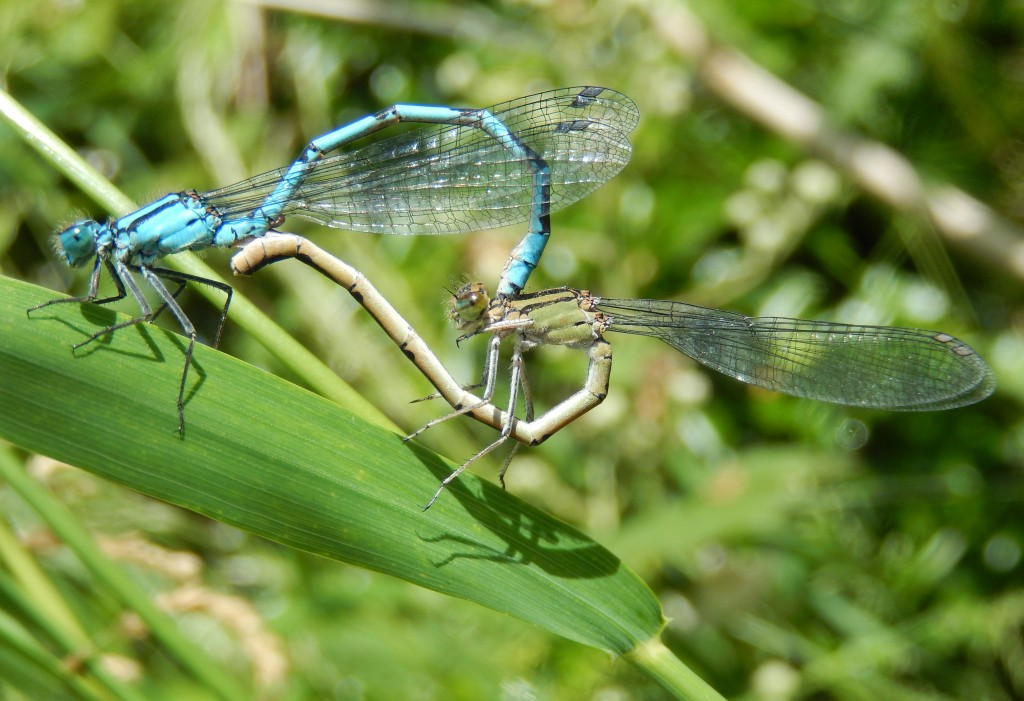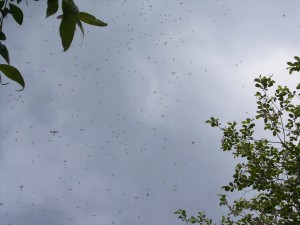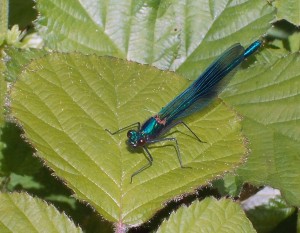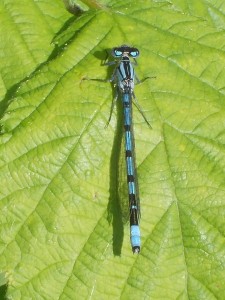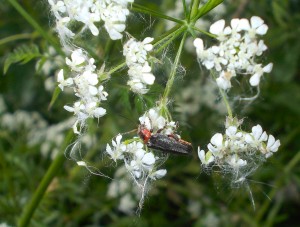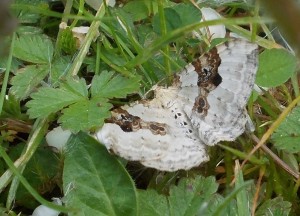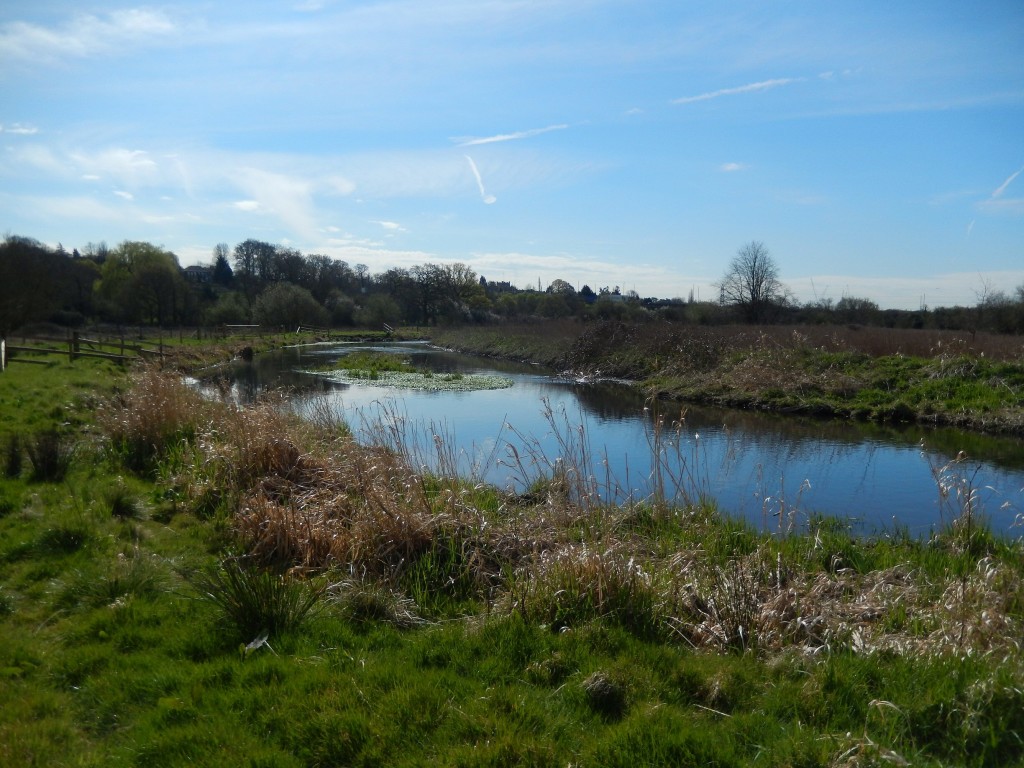
Well, it isn’t every day one visits 3 nature reserves, but today I had a look at Hillingdon NHS’s Harefield Place LNR, London Wildlife Trust’s Frays Farm Meadows SSSI, and Denham Lock Wood to boot.
These are by London standards remarkably secluded and inaccessible, which is to say you need to know where to park and which way to walk, as there’s basically no indication on the ground until you arrive, and even the LWT website is misleading.
Whatever the reason, it’s a delight on a fine spring day to find woods alive with Chiffchaffs and Blackcaps, a pair of Greater Spotted Woodpeckers calling and chittering with excitement directly overhead (and visible in the still nearly-leafless trees), the Blackthorn in delicate white clouds of new blossom, and a Roe Deer skipping away across the meadow, stotting slightly and flashing its “I’ve seen you, I’m running away, and I’m faster than you so don’t bother” white rump-patch. It’s what zoologists call an honest signal, something that benefits both predator and prey. The predator is saved a wasted chase, and the prey gets away without hassle to live another day.
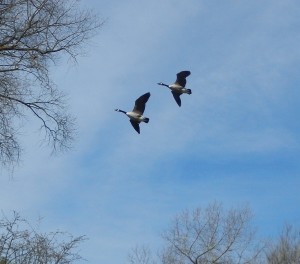
I walked in on the Golf Course path, a pleasant trek down the hill, past the lakes and along the muddy track through the willow woods. There are only our resident wildfowl at this time of year – Canada Geese, Egyptian Geese, Coot, Moorhen, Mallard, Tufted Duck, Mute Swan, Great Crested Grebe: presumably all breeding right here.
The track was studded with deer slots, and it was nice to have my “Roe Deer” slot identification confirmed with a broad-daylight sighting. Out of the woods, it grew hot, and I discarded coat and pullover.
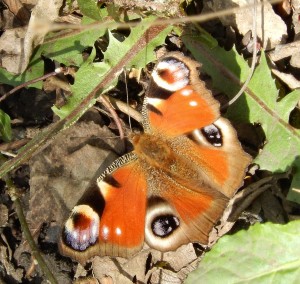
A few butterflies flitted about – Brimstone near the brambles, a Meadow Brown or two, several Peacock.
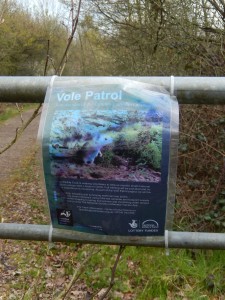
I met another LWT volunteer, Daniel, who it turned out was not only checking the local boardwalks, but had got up at 5:30 am to do the Vole Patrol on his local patch here! I said I volunteered at Gunnersbury Triangle, and he said he knew who I was, he read my blog (Hi Daniel!). We talked of Kingfishers and conservation and being bitten by small mammals. He asked me which group I particularly liked, birds, butterflies? I said dragonflies, but it was a bit early for them. Sure enough, a minute later, a damselfly flew past! I got my binoculars on to it but had no chance to identify it to species (Large Red is our earliest, but I saw no colour). Still, a distinct surprise so early in the year. Perhaps they are hatching earlier with the warmer climate.
On the way out, I passed a Vole Patrol poster. Huma, the small mammal expert in charge of the project, really can’t be getting a lot of sleep travelling all over West London like this and trapping every day.
I walked across to Denham Lock, an attractively rustic spot with a line of narrowboats, traditional wooden lock gates and a delightful lock-keeper’s cottage complete with teashop.
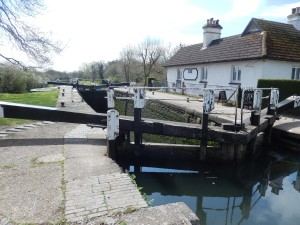
A pair of Grey Wagtails flew about as if they owned the place, landing in the trees beside the canal, a few steps from where I took the photo. They must be breeding here too.

